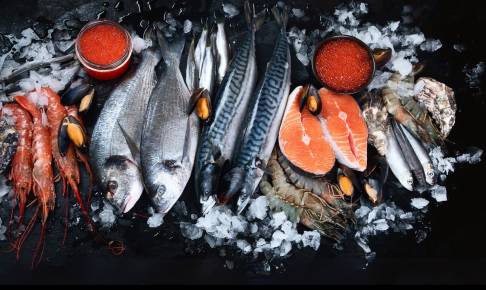New groundbreaking technique to detect PFAS in record time
Chemists at the New Jersey Institute of Technology (NJIT) have developed a ground-breaking laboratory method that can detect the presence of per- and poly-fluoroalkyl substances (PFAS), commonly known as "forever chemicals", in under three minutes.
PFAS, widely used in various products for their water-proof, grease-proof, and stain-resistant properties, have gained notoriety due to their persistence in the environment and their potential harmful effects on human health. These chemicals do not naturally break down and instead accumulate over time, leading to widespread contamination.
Detecting PFAS poses significant challenges, especially when analyzing complex samples like soil that contain various minerals and microorganisms. The conventional PFAS analysis involves solid-phase extraction or liquid-liquid extraction steps for sample preconcentration, followed by liquid chromatography with tandem mass spectrometry (LC-MS/MS) or a similar technique. Although effective, this process is time-consuming due to the intricate sample preparation and liquid chromatography steps involved. However, the NJIT researchers' new method, featured in Elsevier's Journal of Hazardous Materials, promises to offer a fast and sensitive approach to detect traces of PFAS from food packaging material, water, and soil samples.
The NJIT researchers' method is based on an innovative ionization technique called paper spray mass spectrometry (PS-MS), which is a variant of electrospray ionization. The technique involves applying a few microliters of the sample and solvent to a piece of filter paper. By applying a high voltage, ions of the analyte are propelled towards the mass spectrometer for analysis.
According to the authors, this new method is 10-100 times more sensitive than the current standard technique for PFAS testing, and has a limit of detection of roughly 1ppt.
One of the most interesting applications of this technique is its ability to directly measure the presence of PFAS in different food packaging materials. By using a triangle-shaped sample of food packaging instead of regular filter paper, the researchers successfully analyzed microwave popcorn paper, instant noodle boxes, and fry and burger packaging from major fast-food chains. The analysis revealed the presence of 11 different PFAS compounds, including well-known ones like perfluorooctanoic acid (PFOA) and perfluorooctanesulfonic acid (PFOS).
It is important to note that this study did not investigate whether these PFAS compounds transfer into the food itself.
The researchers also demonstrated the effectiveness of their method in analyzing samples of drinking water, tap water, wastewater, and soil samples.
The new technique could represent a significant advancement in studying and addressing PFAS bioaccumulation in the environment. It aligns with the recent allocation of over $2 billion in EPA grant funding from President Biden's Bipartisan Infrastructure Law, specifically designated for states to conduct water quality testing and treatment for emerging contaminants like PFAS. The NJIT researchers believe their method could facilitate more intensive screenings for toxic PFAS, aiding the establishment of maximum contamination levels (MCLs) proposed by the EPA.
The team's rapid detection method is already being tested alongside advanced techniques for remediating PFAS at NJIT's BioSMART Center. Moreover, the researchers see potential applications in monitoring other consumer products, such as cosmetics, medicine, and fresh and processed foods. They also plan to explore the method's capabilities in air monitoring.
By revolutionizing PFAS detection, the NJIT scientists have opened doors to more efficient and comprehensive studies of these persistent chemicals, providing valuable insights into their distribution and impact on the environment.
Source:






















